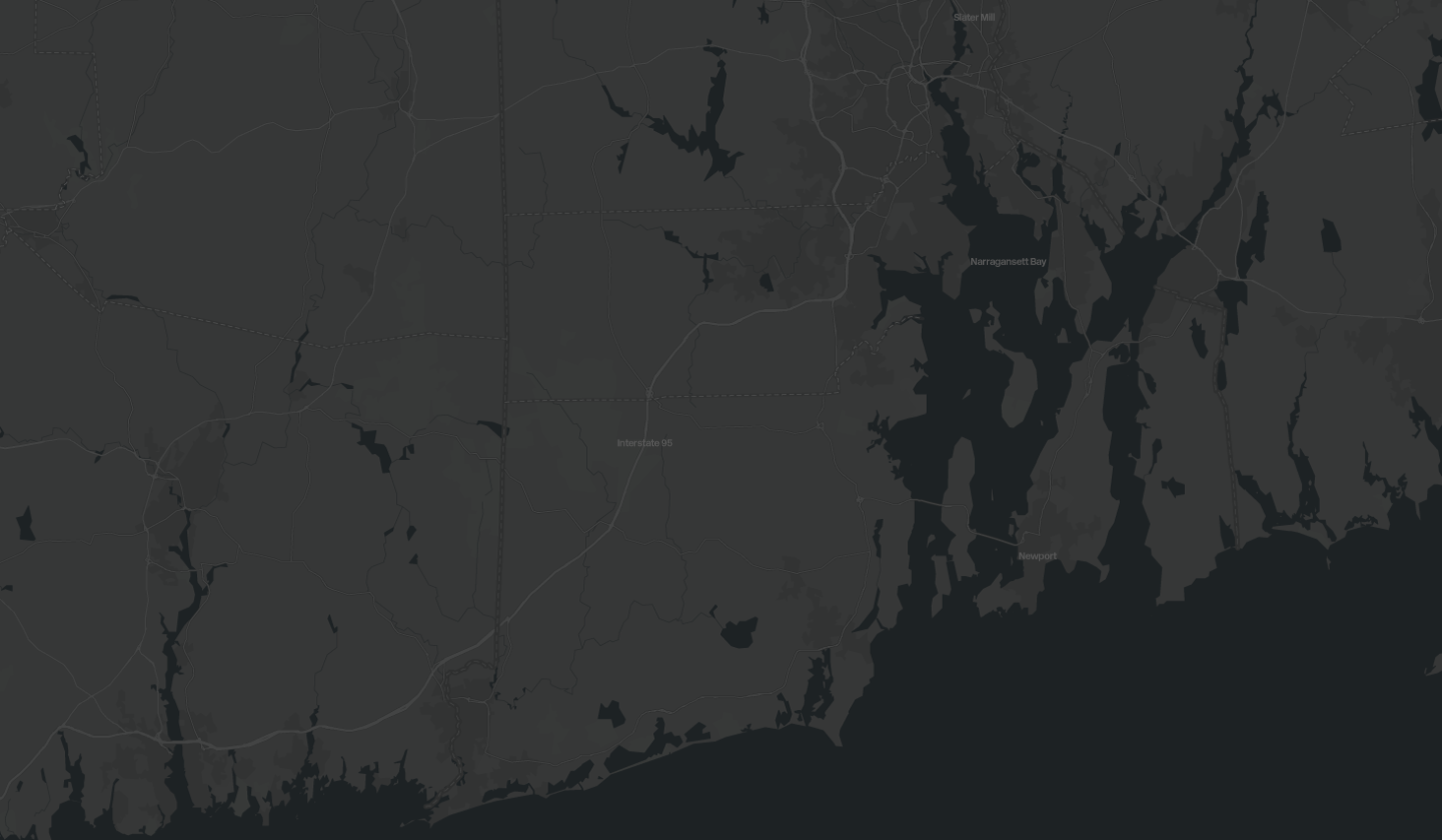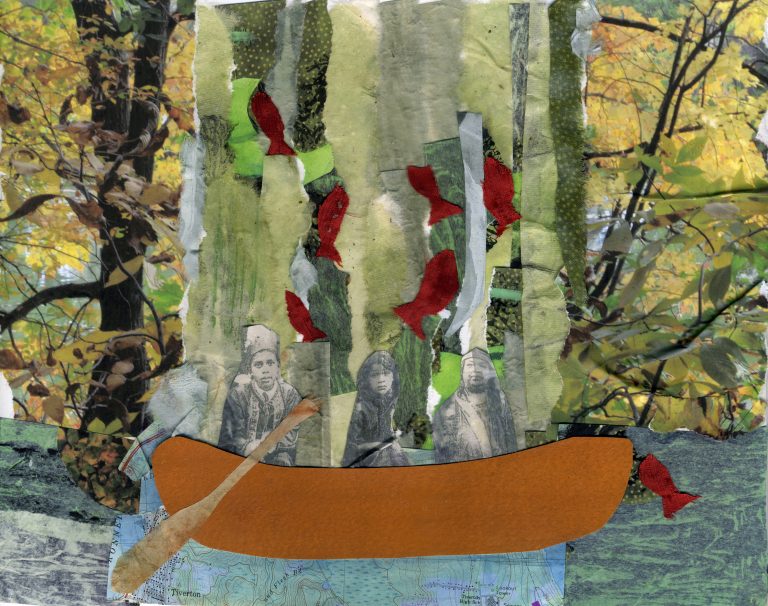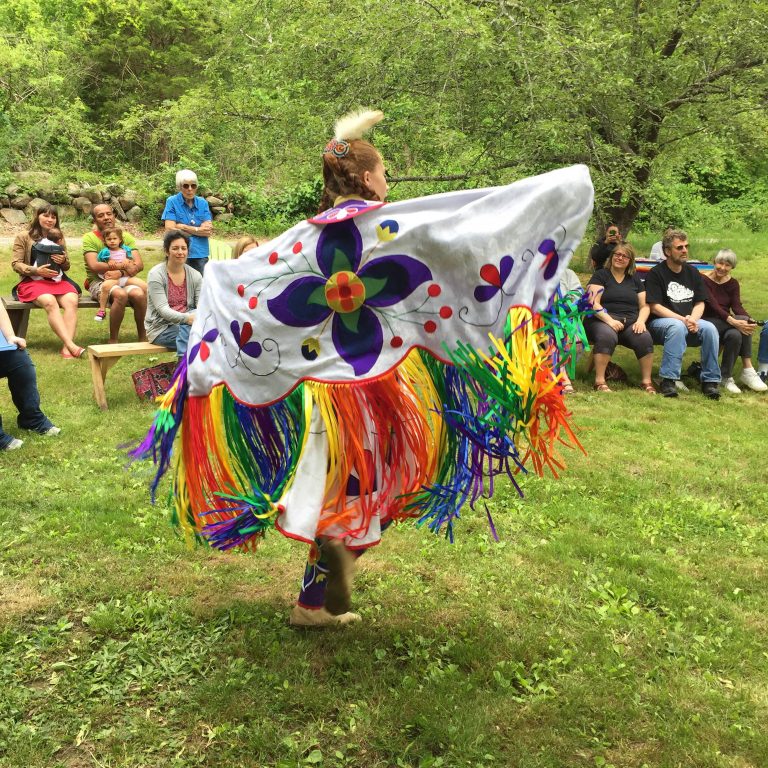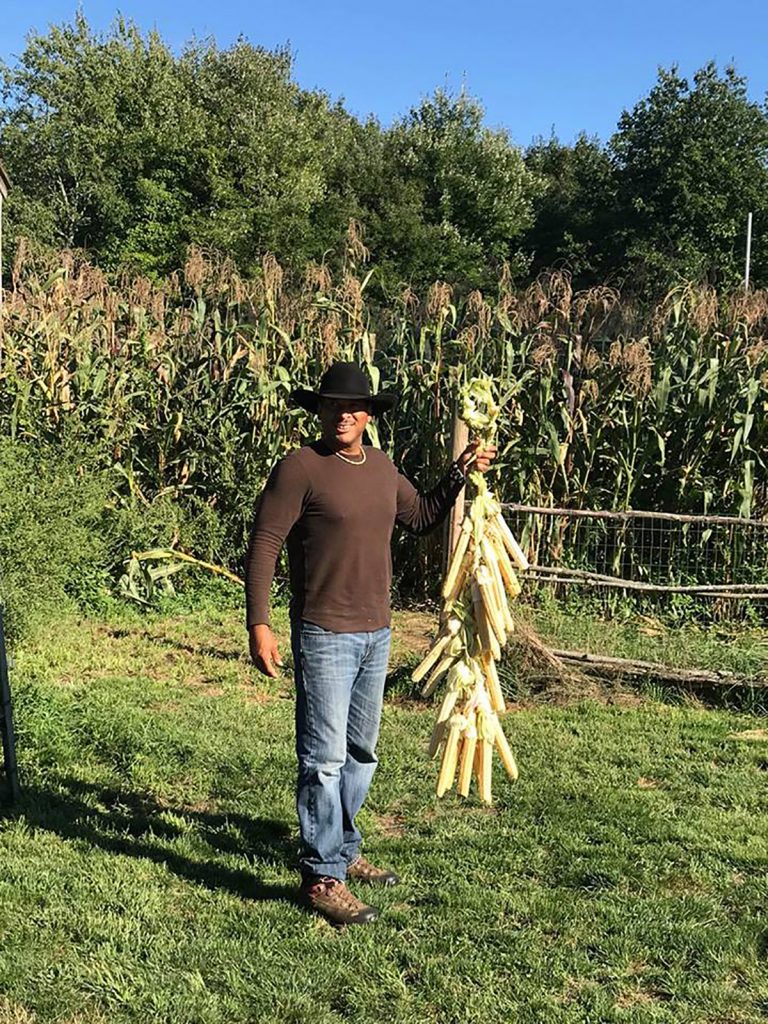The Problem
“We, the Narragansett people, continue to exist on this land, the land the Creator set aside for us.” —Elder Dawn Dove
Centuries have passed since the beginning of colonization in the Americas, but the process is ongoing. In Rhode Island, ecological warfare and continued displacement of the Narragansett Nation from their ancestral lands has disrupted their cultural practices.
The Roots
The dominant historical narrative of Rhode Island fails to recognize the centrality of land to Narragansett lifeways, resulting in disproportionate access to vital natural resources. Despite these traumas, the Narragansett maintain a relationship with their land.
The Solutions
For Native communities, access to clean earth, air, and water is not just about survival but also identity and spirituality. To address environmental issues, we must understand how colonial structures like land ownership, pollution, and resource commodification harm Native communities and Earth. This can happen through Indigenous-centered community activism in Rhode Island and across the nation.

Our Point of View
Brown UniversityWe explored Indigenous survivance in the face of colonial ecological exploitation and violence. Indigenous self-determination and healing entails fighting for access to land and resources, ensuring environmental health, and preserving lifeways. The story of the Narragansett Nation is part of a larger struggle to address historical and ongoing injustices. We claim responsibility to learn about the land on which we live and hope visitors will engage in local struggles for decolonization, environmental justice, and Indigenous rights.
Tomaquag MuseumOur mission is to educate the public, promote dialogue regarding Indigenous history, culture and arts, and Mother Earth, and connect to Native issues of today. Our Indigenous Empowerment Network strives to eradicate poverty in the Rhode Island Indigenous community through education, cultural competency, job training, small business incubation, and social justice. This collaboration helps us empower the Native community, create opportunity for Indigenous voices, and mentor students to understand the interrelationship of Indigenous people and the land. Environmental justice and Indigenous Rights are synonymous.
Projects
Contributors
University Partners
Brown University
Faculty Project Director
Ron Potvin
Students
Aya Bisbee
Jackson Brook
Sarah Clapp
Stefany Garcia
Alejandra Gonzalez
Marguerite Kemp-Sherman
Daven McQueen
Ruth Miller
Jayleen Paula
Brenna Pisanelli
Ryan Saglio
Sharad Wertheimer
Lauren Yamaguchi
Community Partners
Tomaquag Museum
Lorén Spears






